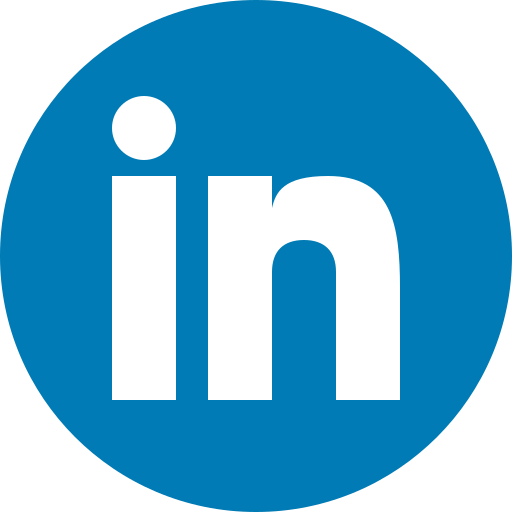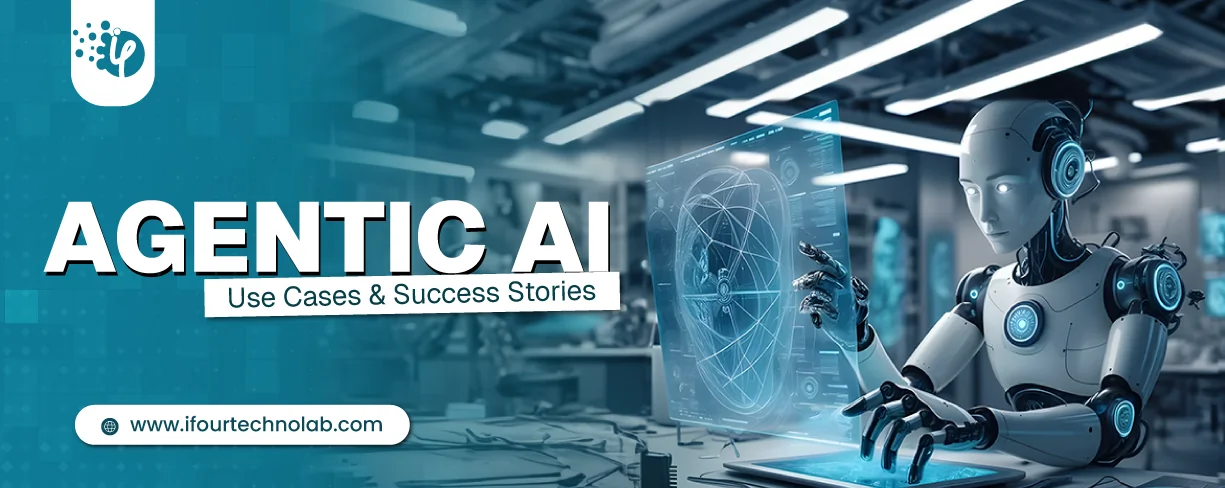You can use Node.js NoSQL symphony to build apps that scale with your business by using microservice design and containerization. Here are six popular applications that make use of Node.js NoSQL functionality.
Netflix is the world's leading provider of streaming media and video-on-demand content, such as movies and television shows. Back in 2013, Netflix expanded into film and television production, as well as online distribution and original programming production.
Netflix already had a robust and feature-rich application, so they set out to make it more usable and lightweight by reducing complexities and focusing on power user interfaces, all while leveraging their existing infrastructure. As a result, they selected Node.js NoSQL embedded database architecture for the entire user interface. The Netflix team is shifting data access layers to Node.js because it has proven to be so efficient.
In over 40 countries, Netflix has 33 million subscribers. Netflix uses three NoSQL tools in their Node.js NoSQL architecture: SimpleDB, HBase, and Cassandra. Netflix uses HBase because of its close integration with Hadoop. The most significant advantage of using HBase is the ability to integrate real-time HBase queries to batch map-reduce Hadoop jobs while using HDFS as a clustered file platform.
Netflix employs Cassandra due to its scalability, lack of node failures, and cross-regional deployments. SimpleDB's write operation and auto replication across availability zones within a region make it extremely resilient. It has some really useful query and data format features, such as various criteria per row key, batch operations, consistent reads, and so on, in addition to a simple key/value interface.
LinkedIn remains a popular business-oriented social network and a useful tool for job searching. LinkedIn has 467 million users from over 200 countries worldwide.
LinkedIn opted for an asynchronous event system over their synchronous Ruby on Rails mobile app, which required clients to make numerous calls for a single page. As a result, because of its performance, scalability, and efficiency, they chose the Node.js NoSQL database. And the Node.js NoSQL database lived up to its billing.
Espresso is a fault-tolerant, distributed NoSQL database that integrates the LinkedIn database and supports approximately 30 LinkedIn applications. Among them are member profiles, InMail (a member-to-member message system), sections of the homepage, and mobile applications.
PayPal is one of the world's most popular and well-known payment services. It enables you to make payments, send money, and accept payments. Users can connect to the internet without disclosing their debit or credit card information thanks to this technology. As of November 2017, PayPal had approximately 200 million active accounts.
Surprisingly, Node.js was not Paypal's first choice of technology. According to PayPal Engineering, the initial concern was the division of teams into those who write for browsers (using HTML, CSS, and JavaScript) and those who develop for server applications (using Java). As a result, the browser-server boundary was the main stumbling block.
The solution was to pool their engineering expertise into a single team and use JavaScript for both browser and server apps. PayPal, the world's largest online payment system, began using Node.js NoSQL in 2013 for a variety of applications. They generated cross-channel audience analytics in profiling, segmentation, identity mapping, and other areas using Couchbase, their NoSQL database in Node.js NoSQL embedded database architecture.
By 2014, Couchbase had assisted the organization in managing over 1 billion documents and 10 terabytes of data. PayPal expanded Couchbase's use into user data analytics, using Kafka and Hadoop to process millions of updates per minute.
























